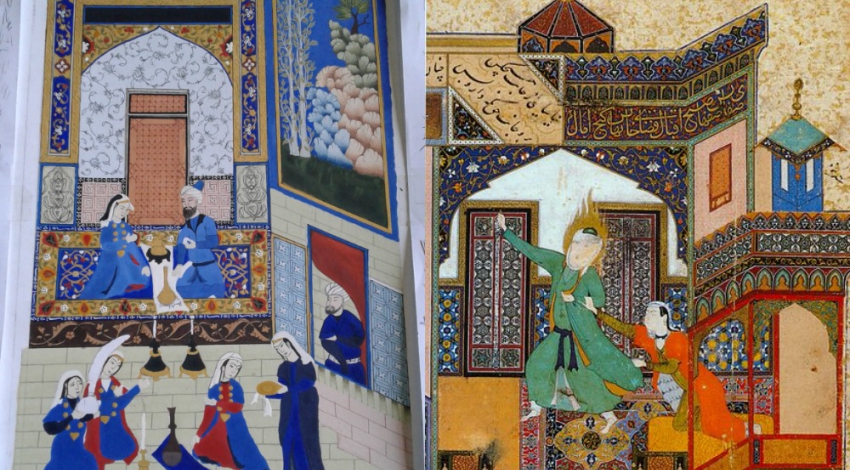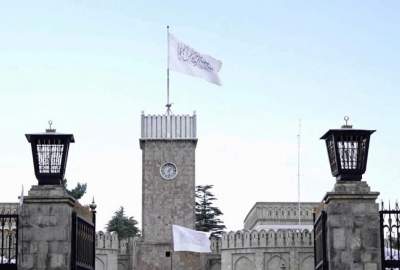Afghan Miniature artists have urged the United Nations Educational, Scientific and Cultural Organization (UNESCO) to include Afghanistan in its Persian Miniature cultural heritage listings alongside other countries in the region.
Publish dateSunday 27 December 2020 - 11:22
Story Code : 228341
Afghan voice agency (AVA)_A number of ##university_professors, writers, and miniature art teachers on Saturday staged a protest in western Herat province, urging the government to take action in this regard.
This comes after ##UNESCO’s_Safeguarding Intangible Cultural Heritage Committee last week listed Persian Miniature as intangible heritage of Iran, Turkey, Azerbaijan and Uzbekistan.
Afghanistan was left off the list.
Afghanistan has a history of Miniature art that stretches back several hundred years and as one student in Herat, Zahra Ghulami, said: “Miniature has been ##Herat’s_heritage and Herat school of art had an influence on other schools.”
A number of professors said Saturday that Afghanistan has a deep connection with Persian Miniature, which is about painting and calligraphy, and the country has never been separated from other countries in the region regarding this intangible cultural heritage.
In line with this, Persian Miniature experts said they will not accept UNESCO’s move and demand Afghanistan be included in this.
“We will raise our voice and continue to protest,” Mohammad Nasir Sawabi said.
The miniature is a type of ##two-dimensional_artwork that involves the design and creation of small paintings on books, ##papier-mâché, rugs, textiles, walls, ceramics and other items using raw materials such as gold, silver and various organic substances.
Historically, the miniature was exemplified by book painting in which the text was supported visually, but the element has evolved and can also be observed in ##architecture and as an adornment in public spaces.
The patterns of the miniature represent beliefs, worldviews and lifestyles in a pictorial fashion and also gained a new character through the Islamic influence, according to UNESCO’s website.
This comes after ##UNESCO’s_Safeguarding Intangible Cultural Heritage Committee last week listed Persian Miniature as intangible heritage of Iran, Turkey, Azerbaijan and Uzbekistan.
Afghanistan was left off the list.
Afghanistan has a history of Miniature art that stretches back several hundred years and as one student in Herat, Zahra Ghulami, said: “Miniature has been ##Herat’s_heritage and Herat school of art had an influence on other schools.”
A number of professors said Saturday that Afghanistan has a deep connection with Persian Miniature, which is about painting and calligraphy, and the country has never been separated from other countries in the region regarding this intangible cultural heritage.
In line with this, Persian Miniature experts said they will not accept UNESCO’s move and demand Afghanistan be included in this.
“We will raise our voice and continue to protest,” Mohammad Nasir Sawabi said.
The miniature is a type of ##two-dimensional_artwork that involves the design and creation of small paintings on books, ##papier-mâché, rugs, textiles, walls, ceramics and other items using raw materials such as gold, silver and various organic substances.
Historically, the miniature was exemplified by book painting in which the text was supported visually, but the element has evolved and can also be observed in ##architecture and as an adornment in public spaces.
The patterns of the miniature represent beliefs, worldviews and lifestyles in a pictorial fashion and also gained a new character through the Islamic influence, according to UNESCO’s website.
avapress.com/vdcjxoe8vuqe8tz.92fu.html
Top hits







